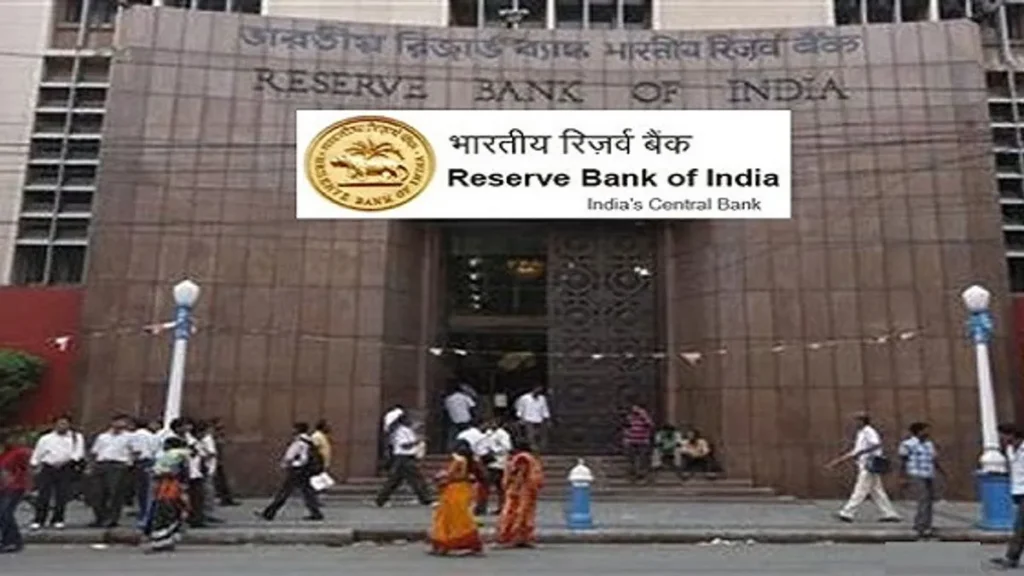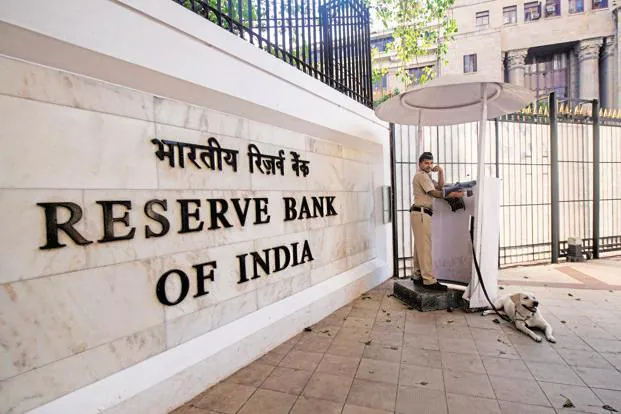RBI Monetary Policy: In the monetary policy due tomorrow, the odds are high that the Reserve Bank of India’s (RBI’s) monetary policy committee (MPC) will once again refrain from making any decision on rates as well as stance, a poll of ten economists for CNBC-TV18 reveals at least in part due to food inflation at a six-month high and steady growth to continue the stability.
Table of Contents
New RBI Monetary Policy
Every single respondent of the poll has anticipated that the MPC will maintain repo rates at 6 percent. 5 % and that position described as ‘‘withdrawal of accommodation’’, possibly by a four two majority.

RBI Monetary Policy: Barclays noted that: “We expect that the MPC will continue to be cautious in this meeting and predicted 4-2 vote in favour of keeping the repo rate at 6. 5%. There will be no change in the monetary policy as it would continue to have the “withdrawal of accommodation” as seen in rate decision.
Barclays Point of View in RBI Monetary Policy
In the said note, Barclays pointed to the folio inflation rising to and overshooting the 5% mark in June besides persistent pressure on the headline rate emanating from high food inflation as playing a key role in complications with maintaining the status quo.
Growth indicators still indicate no material loss of momentum, which should allow the central bank to focus on bringing inflation down towards its 4% target.

MPC of RBI is therefore likely to hold back the key repo rate for a 8th straight meeting in July 2024 and the stance of the monetary policy is also likely to remain at ‘withdrawal of accommodation’ In fact, the last change in the stance of the monetary policy was effected in Jun 2022 Apparently, MPC of RBI is not comfortable with the upswing in food inflation in the recent month.
MPC of RBI’s Statement in New RBI Monetary Policy
The recent developments concerning the miss on US employment data and the growing anticipation of a rate reduction by the US Federal Reserve in September are likely to occupy the thoughts of the Monetary Policy Committee (MPC) members. However, as Reserve Bank of India (RBI) Governor Shaktikanta Das has emphasized, it is the domestic signals that will steer the central bank’s policy decisions.
“We have observed the Bank of Japan (BoJ) raising interest rates, leading to concerns about the yen carry trade. The Bank of England has already reduced its rates. The RBI has been emphasizing the need to achieve a consumer price index (CPI) of 4% for it to reconsider its stance on interest rates. From a perspective of how these changes are transmitted, India is currently experiencing more tightening measures, although some of this is due to a lag effect. The intriguing aspect is that the currency has remained relatively stable within a narrow range for the past seven months, as discussed with some bank treasury heads.
RBI About US Federal Reserve’s Interest Rates
Therefore, the RBI cannot completely overlook the possibility of the US Federal Reserve reducing its interest rates by 100 basis points (bps) in the second half of the fiscal year 2024,” Macquarie noted in a statement.
Half of the survey participants believe that the RBI might only shift its policy from the current ‘withdrawal of accommodation’ stance by October, with a third expecting a change by December, and others by February of the following year.

The opportunity for the first-interest rate reduction may only emerge by December, according to the CNBC-TV18 survey, though participants noted that the balance of risks leans towards a reduction being delayed.
What Survey Says About Interest Rates Cut?
Six out of ten participants expect the total reduction in interest rates for this cycle to be around 50 basis points, with a third anticipating a 75-basis points reduction in total.
“Liquidity conditions have significantly improved, with the average system liquidity in surplus by July 2024. The RBI is expected to navigate the changing liquidity situation through its fine-tuning measures, includin
g increasing its VRRR auctions,” Aditi Gupta, Chief Economist at Bank of Baroda, added.
“Given that returns on bank deposits are taxable and the treatment of these deposits (deposits are taxed at the time of accrual, unlike other asset classes that are taxed at redemption) is not uniform, the competition for deposits could be prolonged. This could lead to a paradox of higher deposit rates despite the start of rate cuts. This situation could significantly hinder the transmission of policy. The RBI needs to innovate in its approach to liquidity management. It is now the time to consider making the Cash Reserve Ratio (CRR) a countercyclical policy tool,” Soumya Kanti Ghosh, Chief Economist at State Bank of India (SBI), stated in a pre-policy note.

All ten economists surveyed by CNBC-TV18 agreed that the Reserve Bank might maintain the CPI forecast unchanged for this policy, at an average of 4.5% for the year, despite the risks posed by high food inflation, which has averaged 8% over the last twelve months.
Participants within the industry and market sectors are also closely monitoring the Reserve Bank of India’s (RBI) statements, particularly concerning the recently proposed draft guidelines on liquidity coverage ratio (LCR), project financing regulations, and the expansion of the credit deposit ratio. Additionally, there is a general rush to secure deposits in response to these developments.
